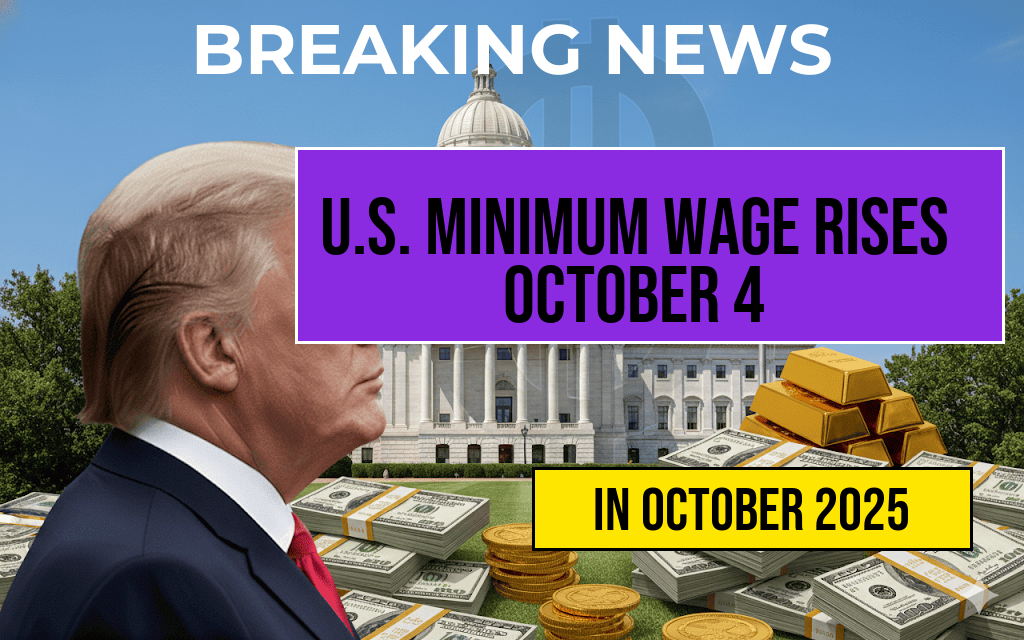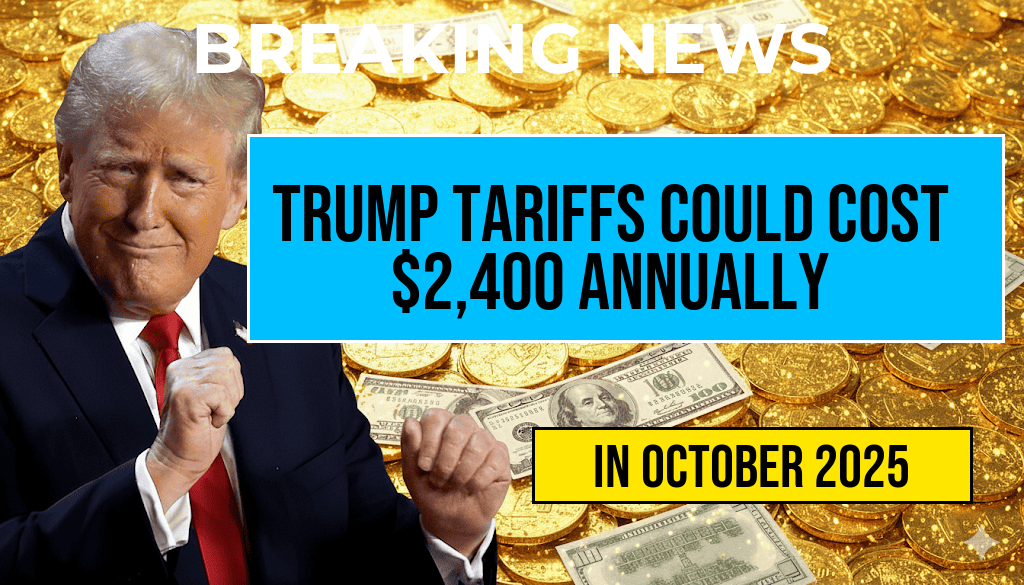The federal minimum wage will increase across the United States starting October 4, 2025, marking a significant shift in the nation’s labor landscape. Announced earlier this year by the Department of Labor, the new hourly pay rate reflects ongoing efforts to address wage stagnation and bolster worker earnings. This adjustment impacts millions of workers nationwide, particularly those employed in industries with traditionally lower wages such as retail, hospitality, and food service. The updated rates are part of a broader initiative to ensure the federal minimum wage keeps pace with inflation and cost-of-living increases, although some states and localities have their own minimum wage standards that may differ from the federal baseline. Employers are advised to review their payroll systems to accommodate these changes, which are scheduled to take effect at the start of the upcoming pay period in October.
Details of the 2025 Minimum Wage Increase
Federal Rate Adjustment
The federal minimum wage will rise from its current rate of $7.25 per hour to $8.50 effective October 4, 2025. This increase represents a 17.2% rise, aiming to provide immediate relief to low-wage earners and stimulate economic activity through increased consumer spending. The new rate applies to all covered non-exempt employees under the Fair Labor Standards Act (FLSA), including those working in federal contracts and certain other sectors.
State and Local Variations
While the federal rate provides a baseline, many states and municipalities have established their own minimum wages above the federal minimum. For instance, California and New York have scheduled increases that surpass the federal baseline, with some cities like Seattle and Boston implementing even higher local minimum wages. Employers operating in jurisdictions with higher minimums must adhere to those standards, which may lead to varying pay scales across regions.
Impacts on Employers and Workers
- For Workers: The wage hike is expected to benefit approximately 1.5 million minimum wage workers nationwide, boosting their annual earnings by hundreds of dollars. This increase could improve quality of life and reduce poverty among low-income households.
- For Employers: Businesses, particularly small enterprises, may face higher payroll costs, prompting a review of staffing and pricing strategies. Some sectors anticipate increased operational expenses, which could influence employment levels and profit margins.
Economic Context and Policy Rationale
Background of the Increase
The upcoming adjustment aligns with a series of incremental raises mandated over the past decade, aiming to close the gap between minimum wage levels and living costs. The Biden administration has emphasized that a higher minimum wage supports economic growth by enabling lower-income workers to participate more actively in consumer markets. According to the Wikipedia entry on minimum wage in the U.S., federal minimum wage increases are traditionally tied to economic indicators and legislative actions.
Controversies and Criticisms
Despite broad support from labor advocates, some critics argue that sharp increases could lead to reduced hiring, increased automation, or higher prices for consumers. Small business associations warn that sudden wage hikes may strain cash flows, especially in competitive or low-margin industries. Conversely, economists point to studies suggesting that moderate wage increases can stimulate local economies without significant job losses.
Implementation and Next Steps
Employer Preparedness
Employers are encouraged to audit their payroll systems for compliance and communicate upcoming changes to staff. Human resources departments should update wage records, adjust payroll software, and clarify any changes in employee paychecks. The Department of Labor has provided guidance and resources to assist businesses in navigating the transition, available on their official website.
Potential Legislative Developments
While the federal minimum wage increase is set for 2025, ongoing debates at the state level could lead to further adjustments. Some states are considering laws to establish a minimum wage linked to inflation or to phase in higher rates over several years. These legislative efforts aim to create a more predictable wage environment for employers and workers alike.
Summary of Updated Hourly Pay Rates
| Jurisdiction | Current Rate (2024) | New Rate (Effective October 2025) |
|---|---|---|
| United States (federal) | $7.25 | $8.50 |
| California | $15.50 | $16.50 |
| New York | $14.20 (varies by region) | $15.00 (varies by region) |
| Texas | $7.25 | $7.25 (no change; state rate remains at federal minimum) |
Employers and employees are advised to consult resources like the U.S. Department of Labor for comprehensive guidance on compliance and wage policies.
Frequently Asked Questions
What is the new minimum wage rate effective October 4, 2025?
The U.S. minimum wage will increase to a new rate starting October 4, 2025. The exact hourly pay rate has been updated to ensure fair compensation across various industries.
Which states or regions are affected by the minimum wage increase?
The minimum wage increase applies nationwide, impacting all states and regions that follow the federal minimum wage standards. Some states with higher existing wages may have different schedules, but the update primarily affects federally regulated wages.
How does the wage increase impact employers and employees?
The wage increase aims to provide employees with better earning power, while employers may need to adjust their payroll budgets accordingly. This change encourages fair pay and can influence overall employee satisfaction and economic activity.
Are there any exceptions or special considerations for certain industries?
Yes, some industries or employee classifications may have exceptions or different minimum wage requirements based on existing laws or specific agreements. Employers should review applicable regulations to ensure compliance.
When should employers update their payroll systems to reflect the new rates?
Employers should update their payroll systems and processes to reflect the new minimum wage starting October 4, 2025. It is recommended to make these adjustments before the effective date to ensure accurate and timely payments.






